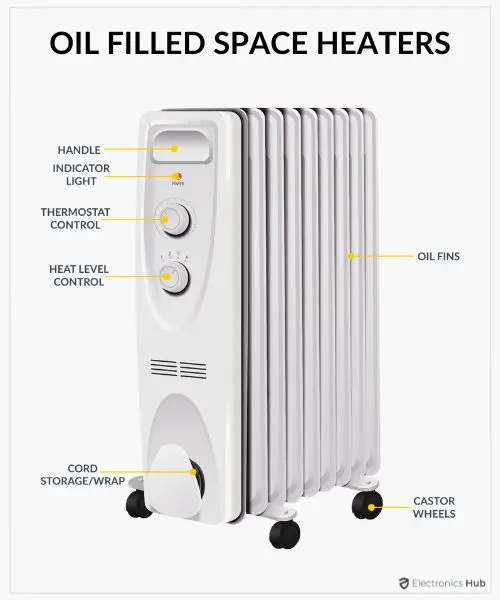Some Known Questions About 1 Source Portable Air.
The Facts About 1 Source Portable Air Revealed
Table of ContentsExcitement About 1 Source Portable AirThe 1 Source Portable Air DiariesThe 25-Second Trick For 1 Source Portable AirThe 1 Source Portable Air DiariesThe Main Principles Of 1 Source Portable Air
Running costs are based upon an electrical power cost of 40c/kWh. The prices for 3 months' use in winter months are based upon 500 hours make use of, or roughly 6 hours daily for three months. Optimum warmth output is based on the optimum wattage of the versions we've evaluated (we concentrate on greater power level heating systems).
On average, tiny fan heating systems are much less costly to acquire, yet can have greater running expenses. Oil column heating systems will be the least expensive on the market to run (on standard) yet just by a narrow margin ahead of convection heating systems (like panel and micathermic panels).
Everything about 1 Source Portable Air
If you have a relatively easy to fix ceiling fan, it'll assist disperse the heat around the area extra evenly. A number of pricey heating systems have actually failed to impress our testers, while some cheaper designs make for surprisingly good buys.
As the name suggests, they radiate warm from a heated heating aspect (so the household will have to take turns resting in front of it). Glowing heating units are reasonably cost-effective.
The relatively subjected heating element can be a fire and security danger. For instance, a piece of clothes dropped over it might ignite, or children playing around a flooring design might burn themselves, so take care. Radiant heating systems generally cost in between $20 and $200. Oil-filled column heating units do not actually burn oil they make use of electrical power to heat the oil that's secured inside their columns or 'fins'.
What Does 1 Source Portable Air Do?
Some column heating units aren't also oil-filled however rather utilize other product or heating technology to function the exact same method - 1 Source Portable Air. The danger of fire with an oil column heating unit is reduced contrasted to other heater types, yet never ever zero. Oil heating systems do not have subjected elements like glowing heating systems do, and their surface temperature level is reduced than numerous other heater kinds (their big surface location offsets it)
Oil column heating units will not blow up, and while they don't shed their oil to produce warmth, it's still combustible, so there is a fire danger if the oil leaks, if the heating unit tips over and leaks, or if flammable objects or textile enter into call or drop on the heating unit. You need to exercise the same level of caution with oil heating units as for other heating system types, and never hang towels or garments over one to dry them use a drying out shelf instead, at the very least one metre away.
Column heating units are especially valuable in areas where they'll be switched over on for long periods of time or where they'll run unattended, such as over night in a room. The surface areas you're likely to touch on a column heating system do not get as warm as various other kinds of electric heaters. You can use a ceiling fan on extremely reduced rate to aid the column heater to disperse the warm faster and extra equally.
Oil-filled column heaters typically cost between $50 and $450. Convection and panel heating units draw cold air over an electric home heating element.
Fascination About 1 Source Portable Air

Convection and panel heating systems are extra portable than their oil-filled column heating system counterparts because they're dramatically lighter. They'll heat the air in a room equally and promptly. Like a column heater, you can use a ceiling fan on extremely low speed to distribute the warm much faster and extra uniformly. Some models, particularly panel heating units, are relatively expensive to buy.

The Facts About 1 Source Portable Air Uncovered
Fan heaters are commonly smaller sized and extra portable than various other electric heating units. They additionally can be found in the kind of tower follower heating units, which can be better for distributing warm around larger spaces due to their taller profile. They can heat the air in an area more swiftly, equally and promptly than a few other heating system kinds.
They can be rather noisy with the fan on full power, however are generally sensibly peaceful at lower fan speeds. Fan heaters (ceramic or otherwise) usually price in between $60 and $900. Ceramic fan heaters aren't always any type of various in cost to non-ceramic designs. A relatively current Clicking Here participant into the customer market, infrared heating systems warm the area like the sun heats your face (without the UV rays so no threat of skin cancer). 1 Source Portable Air.